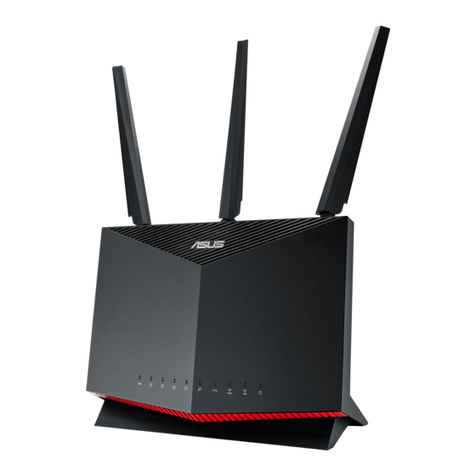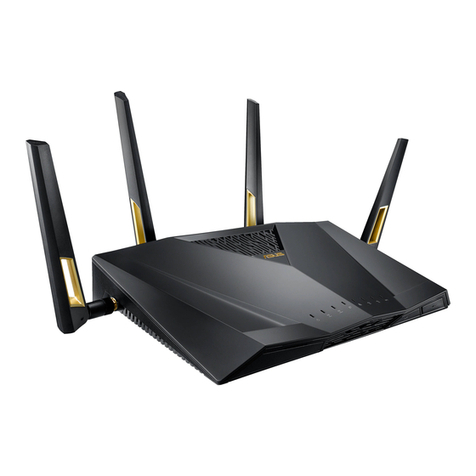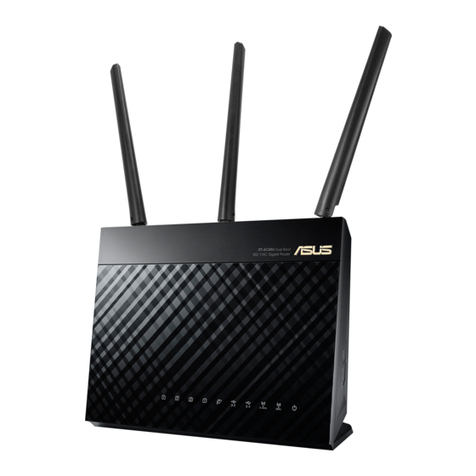Asus ZenWiFi XD4 Plus User manual
Other Asus Network Router manuals
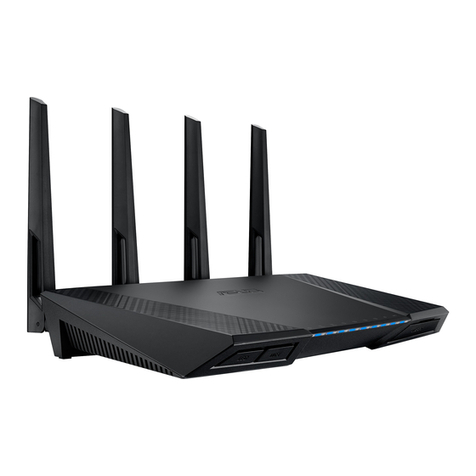
Asus
Asus RT-AC87R User manual
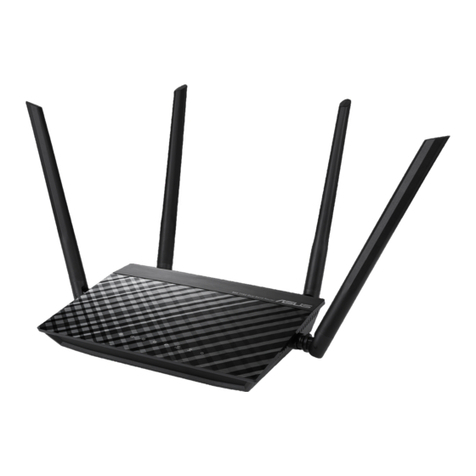
Asus
Asus RT-AC51 Instruction manual

Asus
Asus ROG Rapture GT-AC5300 User manual
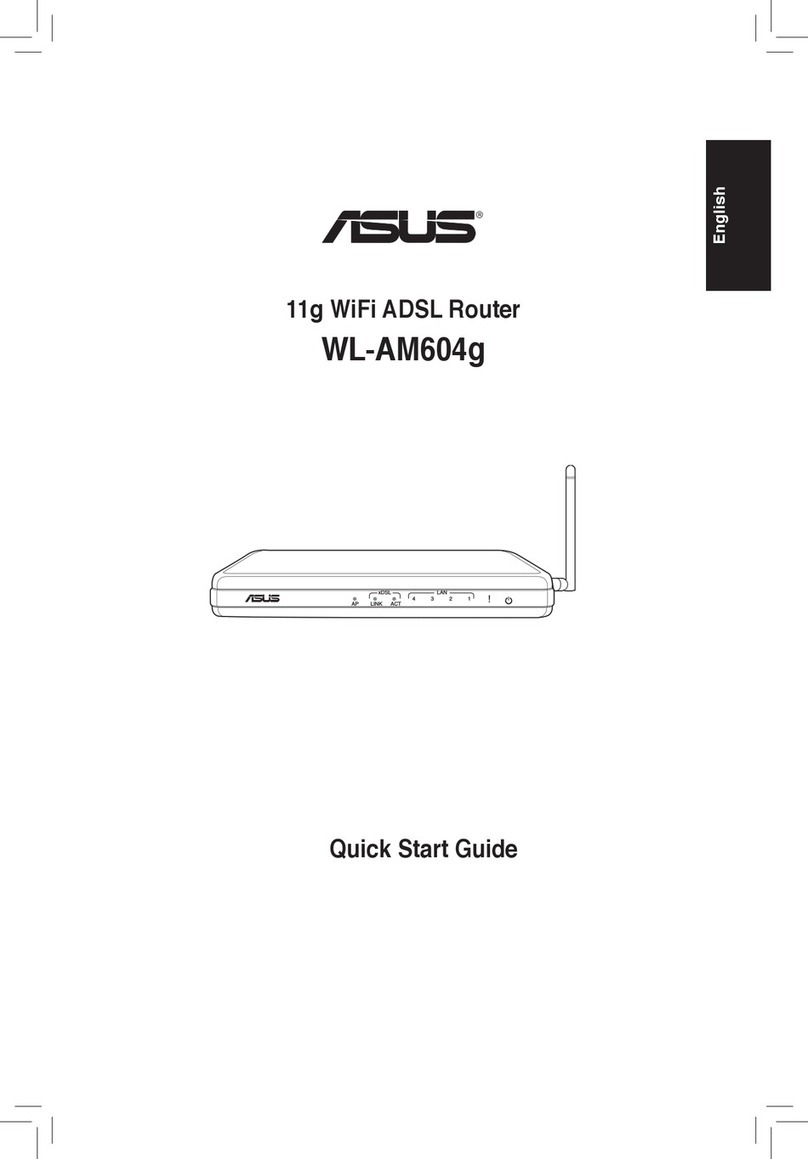
Asus
Asus WL-AM604g User manual
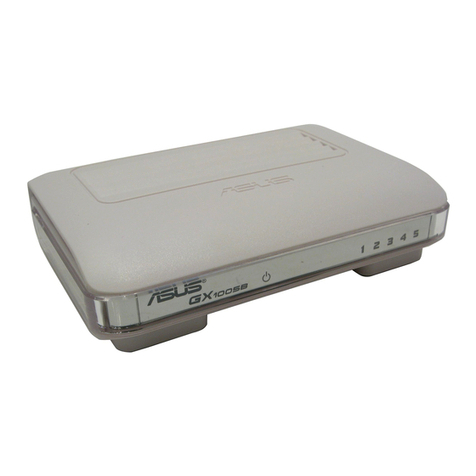
Asus
Asus GIGAX 1005B User manual
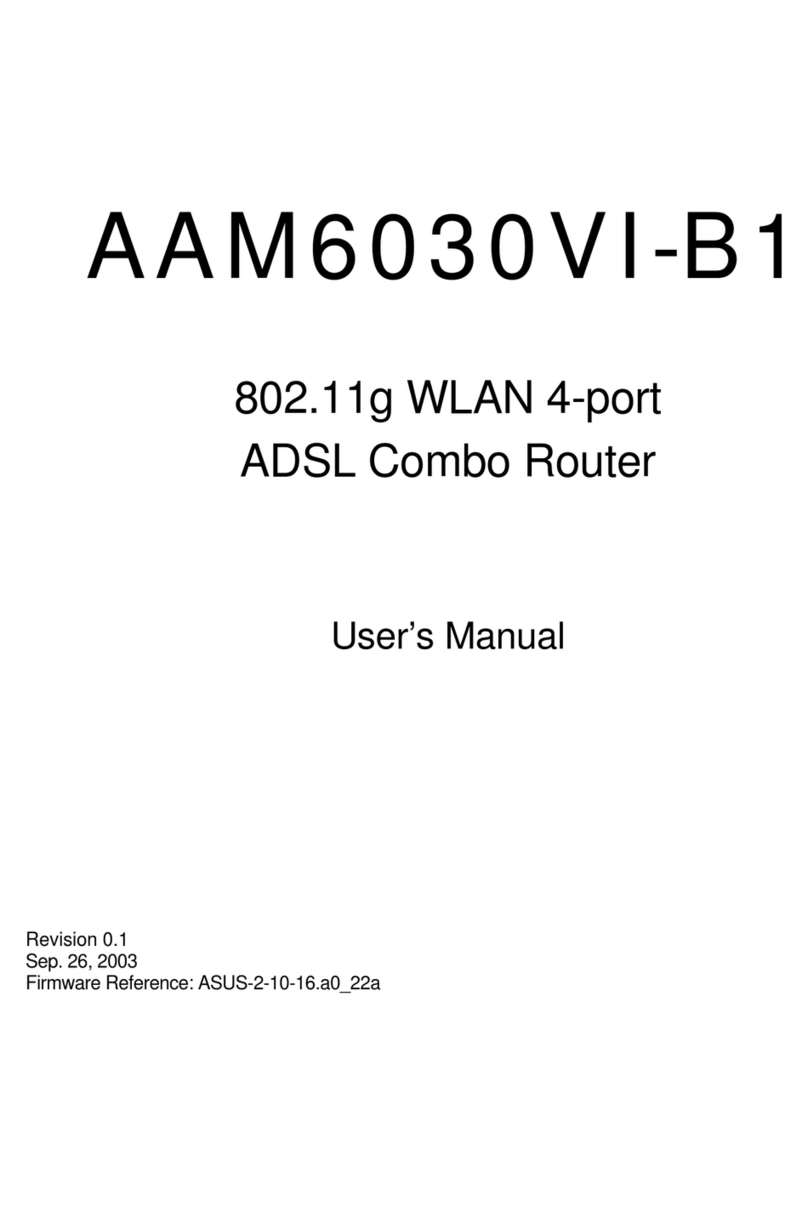
Asus
Asus AAM6030VI-B1 User manual
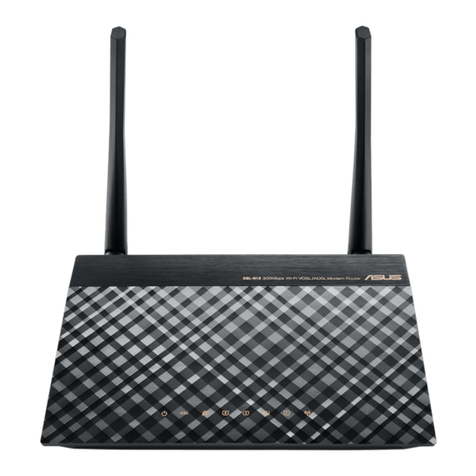
Asus
Asus DSL-N16 User manual

Asus
Asus ROG Rapture GT-AC2900 User manual
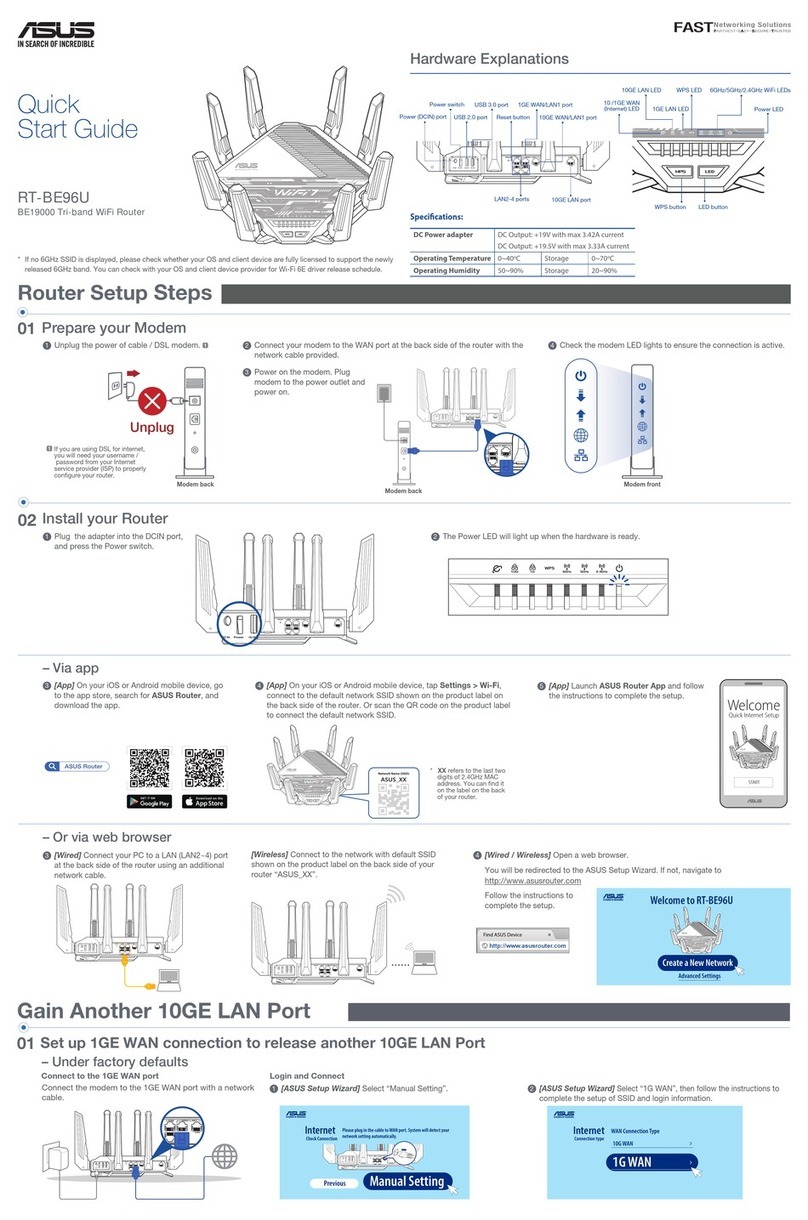
Asus
Asus RT-BE96U User manual
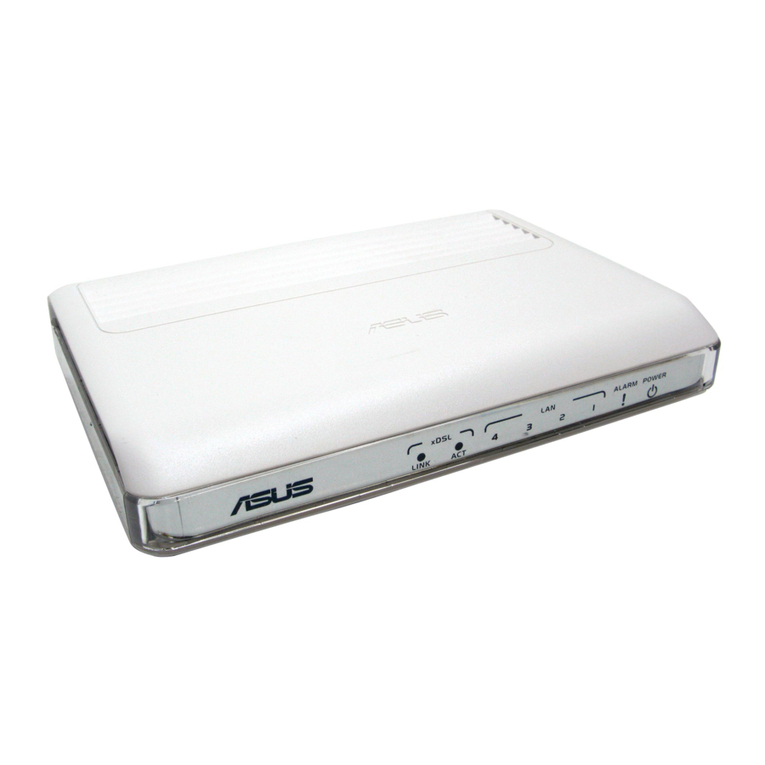
Asus
Asus WL-AM604 User manual
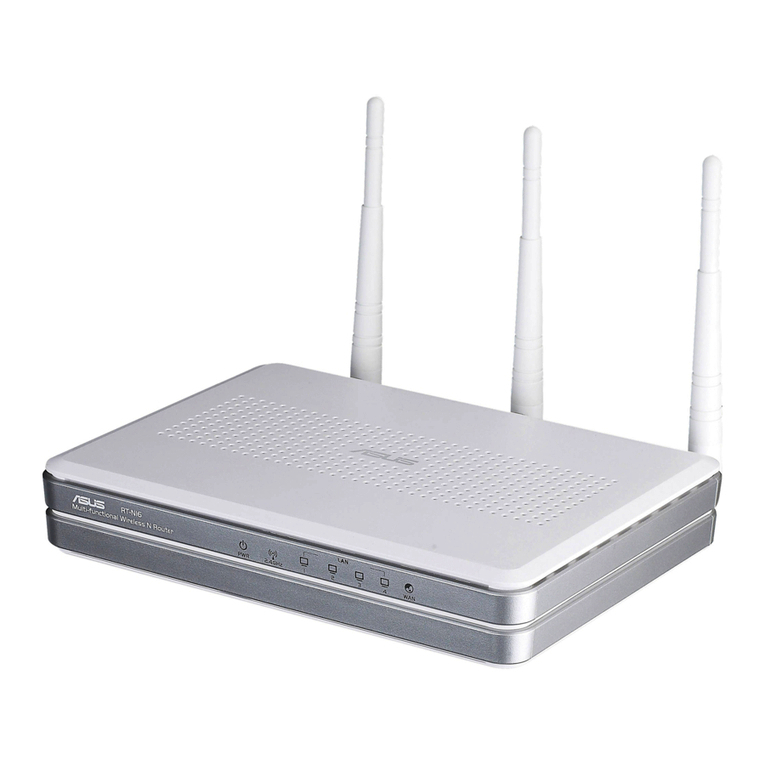
Asus
Asus RT-N16 User manual

Asus
Asus RT-AC55U User manual

Asus
Asus RT-AC58U V3 User manual
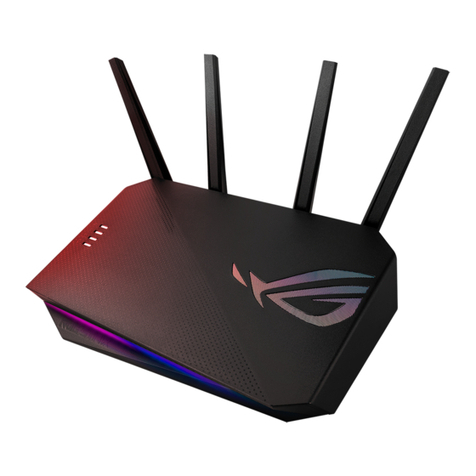
Asus
Asus ROG Strix GS-AX5400 User manual

Asus
Asus RT-AC66U User manual

Asus
Asus WL-500gP User manual

Asus
Asus FX-D1161 User manual
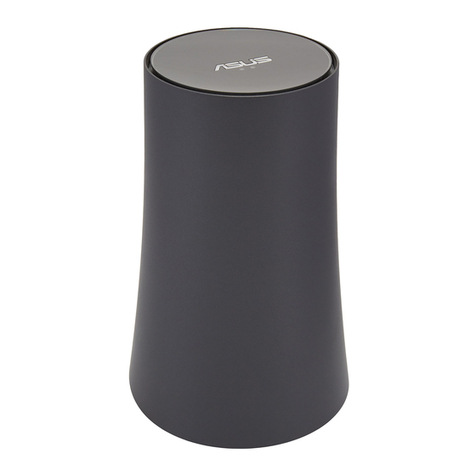
Asus
Asus SRT-AC1900 User manual

Asus
Asus RT-N15 SuperSpeed N User manual
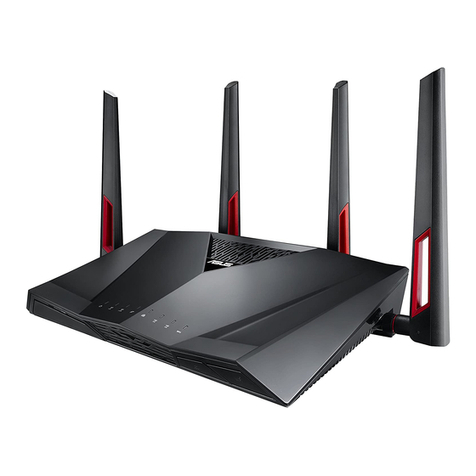
Asus
Asus RT-AC88U User manual
Popular Network Router manuals by other brands

TRENDnet
TRENDnet TEW-435BRM - 54MBPS 802.11G Adsl Firewall M Quick installation guide

Siemens
Siemens SIMOTICS CONNECT 400 manual

Alfa Network
Alfa Network ADS-R02 Specifications

Barracuda Networks
Barracuda Networks Link Balancer quick start guide

ZyXEL Communications
ZyXEL Communications ES-2024PWR Support notes

HPE
HPE FlexNetwork 5510 HI Series Openflow configuration guide
